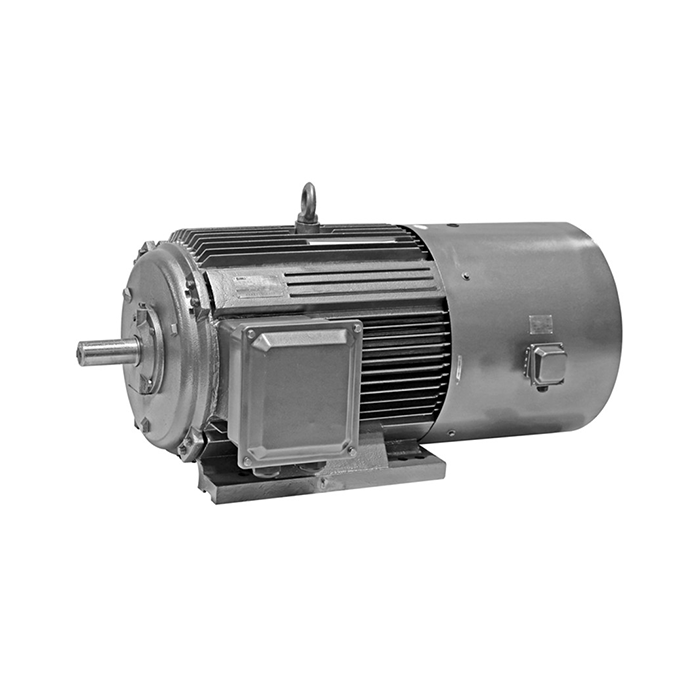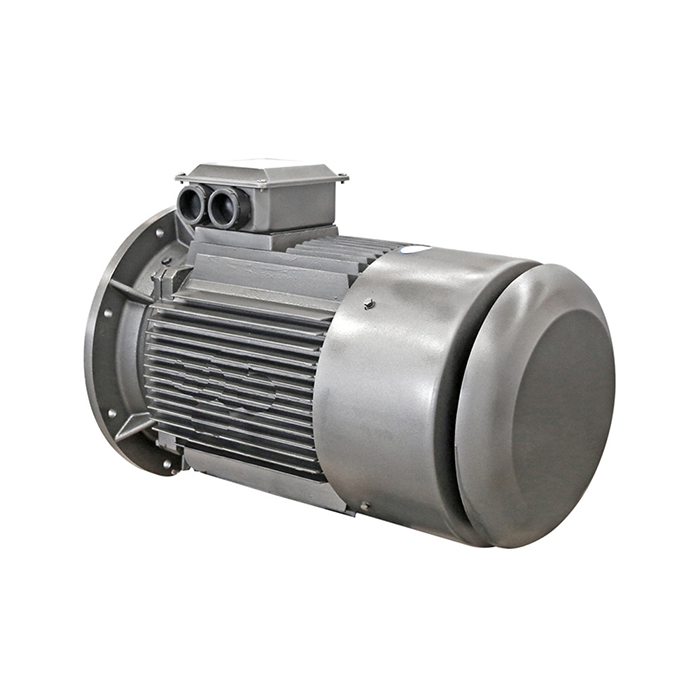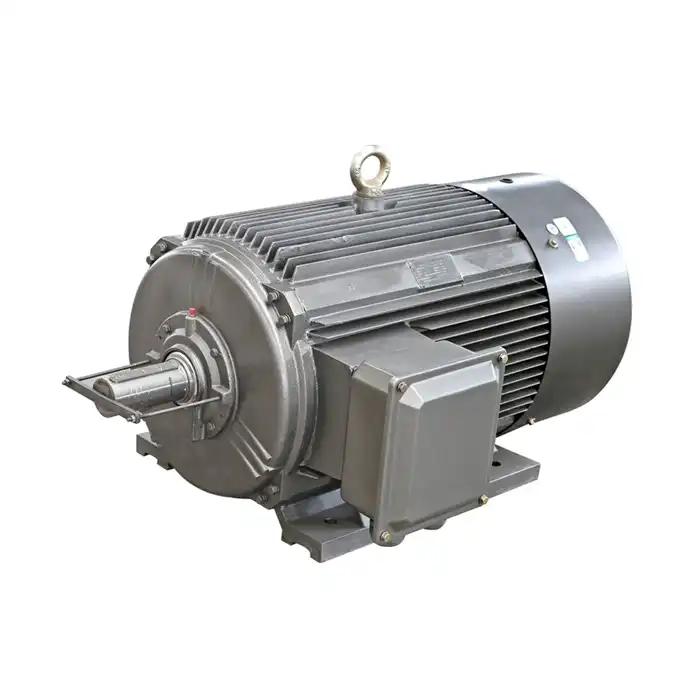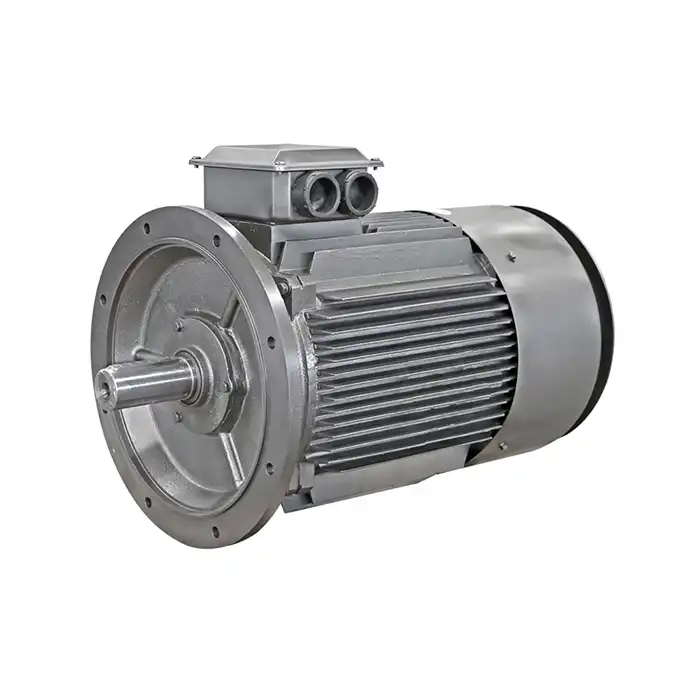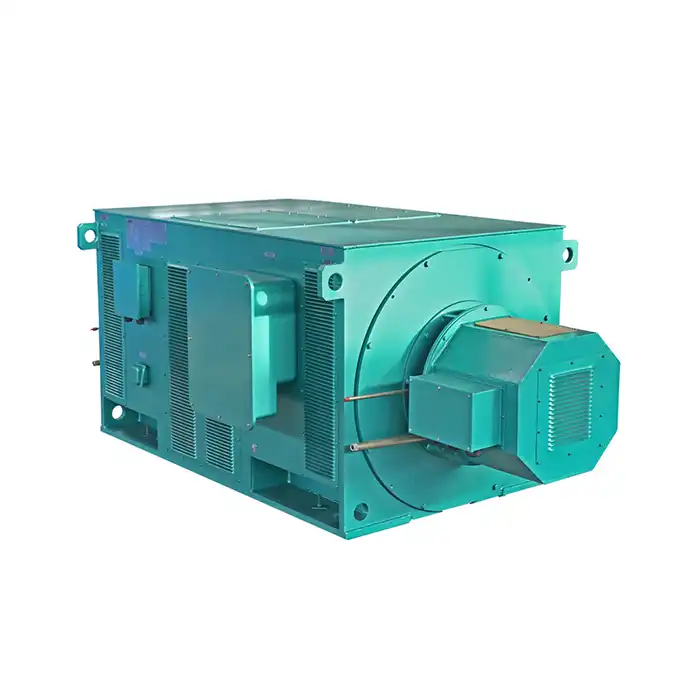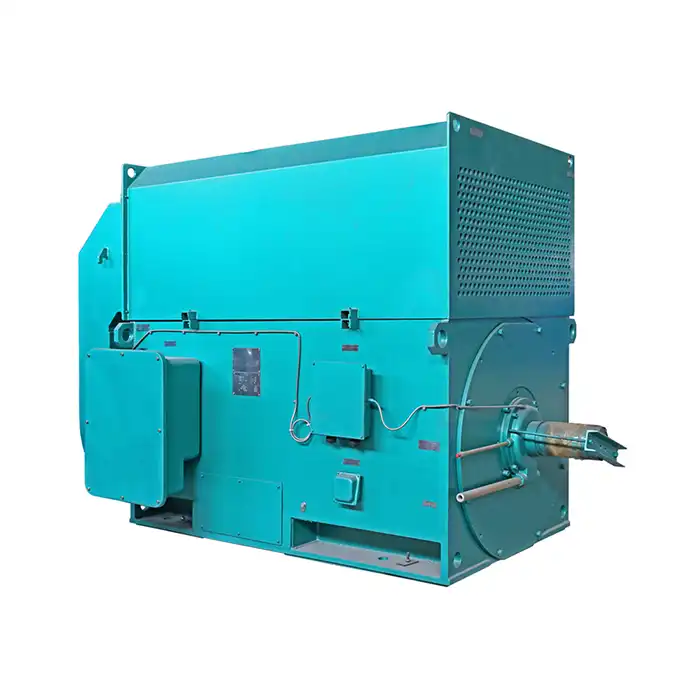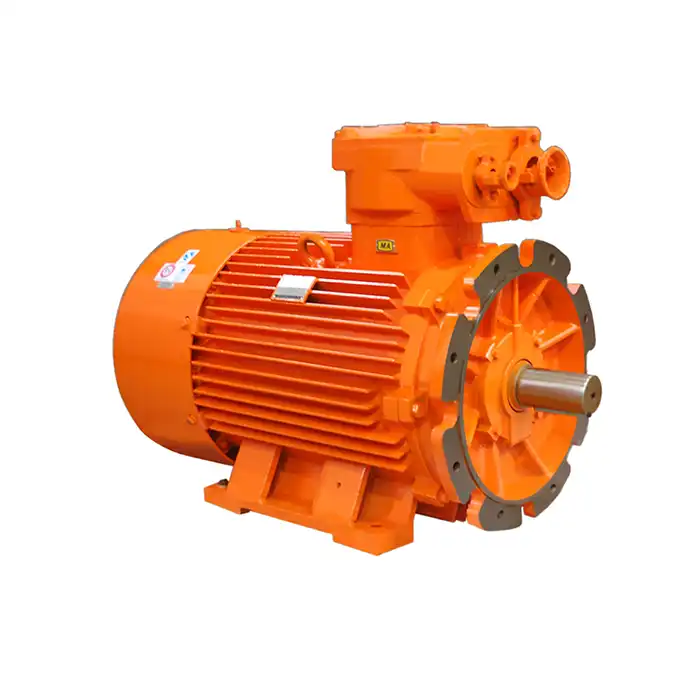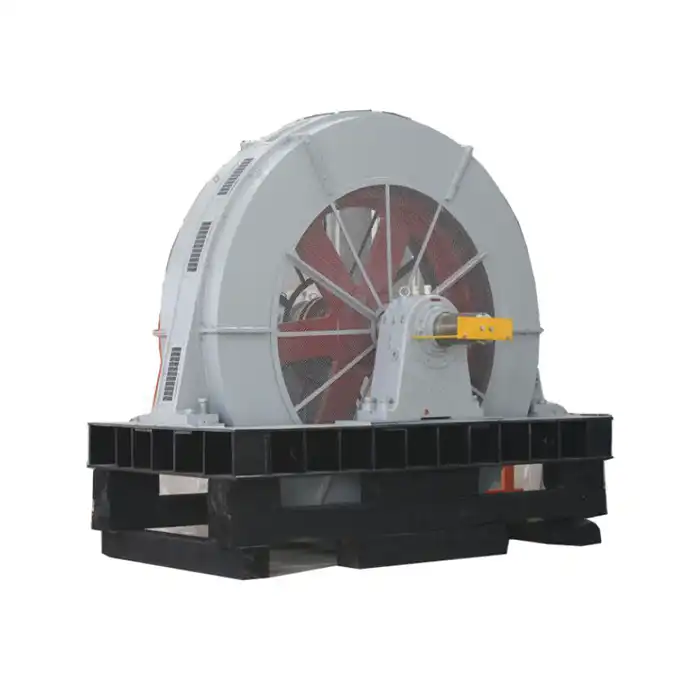
Arc flash protection requirements for 11 kV motors
Arc flash incidents can occur when electrical current passes through air between conductors or from a conductor to the ground. These events can release enormous amounts of energy, posing severe risks to personnel and equipment. When working with 11 kV motors, implementing robust arc flash protection measures is paramount.
Personal Protective Equipment (PPE) for arc flash safety
Workers operating or maintaining 11 kV motors must wear appropriate PPE to minimize the risk of injury from arc flash incidents. Essential PPE includes:
- Arc-rated face shields and safety glasses
- Arc-rated clothing, including coveralls or suits
- Insulated gloves rated for high voltage
- Protective footwear with electrical hazard ratings
The specific PPE requirements may vary based on the calculated incident energy levels at the work site. Regular assessment and updating of PPE protocols are crucial to ensure optimal protection.
Engineering controls for arc flash mitigation
In addition to PPE, implementing engineering controls for 11 kV motor systems can significantly reduce the risk and severity of arc flash incidents. Some effective measures include:
- Installing arc-resistant switchgear
- Implementing remote racking systems
- Using current-limiting fuses or circuit breakers
- Deploying arc flash detection and quenching systems
These controls work to either prevent arc flash occurrences or minimize their impact when they do occur. Regular maintenance and testing of these systems are essential to ensure their continued effectiveness.
Proper grounding techniques for 11 kV systems
Effective grounding is critical for the safe operation of 11 kV motors and associated electrical systems. It ensures that fault currents have a low-resistance path to earth, which helps protect personnel from electric shock, allows overcurrent protective devices to function correctly, and reduces the risk of equipment damage during electrical faults or transient events.
System grounding methods for 11 kV installations
Several grounding methods can be employed in 11 kV systems, each with its own advantages and considerations:
- Solidly grounded systems
- Resistance grounded systems
- Reactance grounded systems
- Ungrounded systems (though less common in 11 kV applications)
The choice of grounding method depends on factors such as system characteristics, operational requirements, and safety considerations. Consulting with electrical engineering experts is advisable when determining the most suitable grounding approach for a specific 11 kV motor installation.
Equipment grounding practices
Proper equipment grounding is essential to ensure the safety of personnel and the reliable operation of 11 kV motors. Key considerations include:
- Using appropriately sized grounding conductors
- Ensuring low-impedance connections to the grounding system
- Regular inspection and maintenance of grounding connections
- Implementing equipotential bonding where necessary
It's crucial to follow applicable standards and regulations, such as IEEE Std 142 (Green Book) and local electrical codes, when implementing equipment grounding practices.
Safety clearances for 11 kV motor installations
Maintaining adequate safety clearances around 11 kV motors and associated equipment is vital to prevent accidental contact with energized parts. This practice is essential to ensure both operational safety and ease of maintenance. Proper clearances reduce the risk of electrical hazards, protect personnel during servicing, and support compliance with industry safety standards and regulations.
Minimum approach distances for live parts
Workers must maintain safe distances from energized components of 11 kV systems to prevent electrical shock and arc flash incidents. Minimum approach distances typically depend on factors such as:
- System voltage
- Transient overvoltage levels
- Altitude
- Task being performed (e.g., operation, testing, or maintenance)
Consult applicable standards, such as NFPA 70E or IEEE Std 516, to determine the appropriate minimum approach distances for specific situations.
Workspace clearance requirements
Adequate workspace around 11 kV motors and associated equipment is essential for safe operation and maintenance. Key considerations include:
- Providing sufficient space for personnel to perform tasks safely
- Ensuring clear egress paths in case of emergencies
- Maintaining proper ventilation and cooling for equipment
- Allowing room for the operation of switchgear and other control devices
Local electrical codes and industry standards often specify minimum workspace dimensions based on equipment voltage ratings and configurations. Adhering to these requirements is crucial for maintaining a safe working environment.
Barrier and enclosure considerations
Implementing physical barriers and enclosures can enhance safety around 11 kV motor installations. Important aspects to consider include:
- Using appropriate materials and designs for barriers and enclosures
- Ensuring proper interlocking mechanisms on access doors
- Implementing clear warning signs and labels
- Regularly inspecting and maintaining barriers and enclosures
These measures help prevent unauthorized access to hazardous areas and provide additional protection against accidental contact with energized parts.
Conclusion
Ensuring the safe operation of 11 kV motors requires a comprehensive approach that addresses arc flash protection, proper grounding techniques, and adequate safety clearances. By implementing robust safety measures and adhering to industry standards and best practices, organizations can minimize risks and create a safer working environment for personnel involved in the operation and maintenance of these powerful machines.
At Shaanxi Qihe Xicheng Electromechanical Equipment Co., Ltd., we are dedicated to providing high-efficiency, low-energy consumption power equipment solutions for various industries. Our expertise extends to industrial automation, HVAC and refrigeration, energy and utilities, and other specialized applications. If you're looking for reliable and safe 11 kV motor solutions or need assistance with implementing safety measures for your existing installations, don't hesitate to reach out to our team of experts. Contact us at xcmotors@163.com to learn more about our products and services tailored to your specific needs.
References
1. National Fire Protection Association. (2021). NFPA 70E: Standard for Electrical Safety in the Workplace.
2. Institute of Electrical and Electronics Engineers. (2018). IEEE Std 1584-2018: IEEE Guide for Performing Arc-Flash Hazard Calculations.
3. International Electrotechnical Commission. (2020). IEC 60079-14: Explosive atmospheres - Part 14: Electrical installations design, selection and erection.
4. Occupational Safety and Health Administration. (2015). OSHA 1910.269: Electric Power Generation, Transmission, and Distribution.
5. Institute of Electrical and Electronics Engineers. (2007). IEEE Std 142-2007: IEEE Recommended Practice for Grounding of Industrial and Commercial Power Systems.
6. International Electrotechnical Commission. (2017). IEC 60034-1: Rotating electrical machines - Part 1: Rating and performance.



